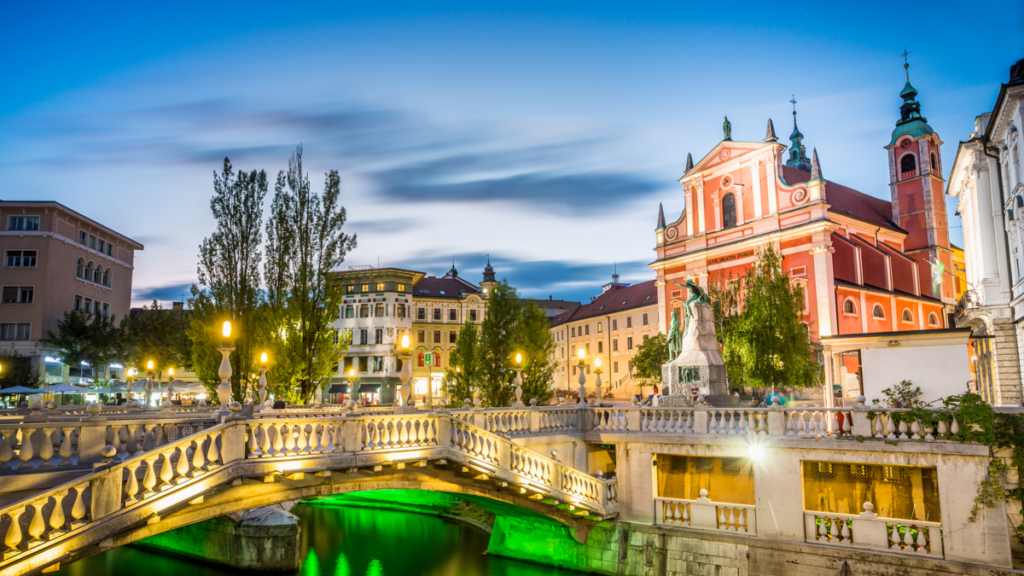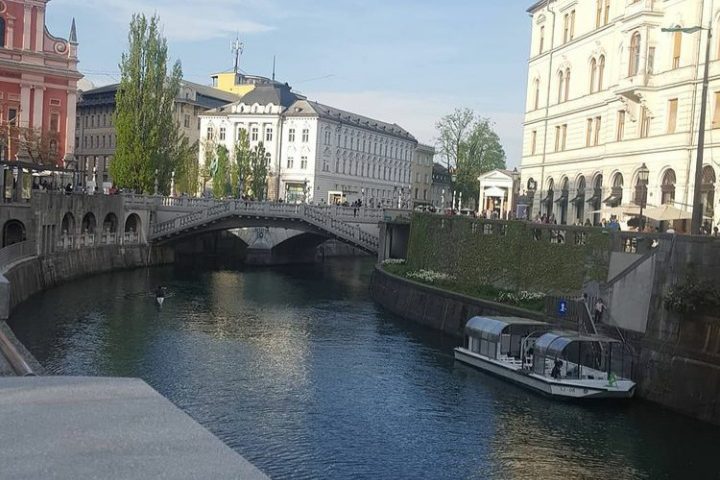By Abbie-Gayle Johnson, Researcher
Conversations regarding equity in tourism through topics such as regenerative tourism and racial diversity have led to a greater need to consider inclusivity within our beloved industry. Inclusion must also surface within our plans for smart destinations, which seems more inevitable because of the COVID-19 pandemic and increasing digitisation efforts globally.
Many propose that smart destinations like its related concept, smart cities, is already inclusive in design. However, in practice, they may reinforce inequalities and inequities. As we look to rebuild our destinations to put people over profits, let me share with you some insights for us to move forward cautiously towards a future of smart destinations.
Ljubljana: Slovenia’s Model Smart City
A favourable case for any smart city and destination development is Slovenia’s capital, Ljubljana – 2019 and 2020 European Capital of Smart Tourism. The city centre has been entirely pedestrianised, with a boundary covering a 15-minute walk from its city centre. This zone has a high concentration of accommodations and attractions including botanical gardens and the national gallery. A bicycle sharing system, one of the city’s smart initiatives, makes these feel even closer together.
Around the circumference of this area, runs sustainable electric public transport, which is another example of the destination’s smart initiatives. Tourists may purchase an Urbana travel card to use these services, allowing them to access attractions in an efficient, environmentally conscious manner. You can find more information about tourism in Ljubljana on their website.

The Importance of Collaboration in Smart Destinations
A key aspect of Ljubljana’s successful smart destination is collaboration between the municipality, destination management organisation and the businesses operating within the city. Tourism is by nature collaborative, with hotels relying on attractions to draw in crowds and attractions relying on hotels to accommodate their guests. Collaboration is even more important for a smart destination.
Smart destinations are mutually beneficial to the municipality that controls them and the businesses that operate within them. In Ljubljana, the municipality needs a consistent supply of smart bicycles for transport within the city centre to work efficiently, and the businesses providing the smart bicycles rely upon the municipality and the DMO to ensure the city maintains its status as a tourism hot spot.
Structures in Smart Places
Although smart destinations are mutually beneficial to all involved, there have been cases of mainly top-down leadership approaches such as dominance by municipality or foreign entities. As power in the tourism industry can exist through relationships, developments within smart destinations can affect the relationships of the businesses working within it. This can foster engagement by tourism organisations.
To achieve control in this way, the municipality may own or have access to a significant portion of the land within the smart destination that is needed for infrastructural and technological development. Through land ownership, smart destinations can also involve a variety of tourism entities. These businesses incorporate these smart initiatives into their offerings to tourists.
Difficulties of a Smart Destination
At first glance, a smart destination seems to be a highly efficient and focused means of running tourist destinations. However, they are not perfect, and planners must be careful when implementing them.
Firstly, the case of Ljubljana is not replicable for all cities. Ljubljana’s communist past has generated a strong ‘culture of collaboration’. Business owners in Ljubljana are uniquely likely to accept state control and trust the municipality to operate in their best interests. Where businesses are more likely to want to operate independently, smart destinations may have little success.
While smart destinations are highly inclusive to the businesses that fall within the smart space, they naturally exclude businesses that do not. Businesses that are unlucky in their placement within the city can suffer from reduced awareness and possibly footfall.
Standards in the form of rating systems and indicators can help to assess how fit a business is to be considered for being involved in smart destination initiatives. Some businesses may not be able to adhere to all the requirements and standards that can be in some cases unknown to tourism suppliers.
Businesses that are partaking in smart initiatives may have little autonomy in decision-making. The ability of stakeholders to influence smart destinations may be restricted and limited in the initial planning stages.
Finally, smart destinations are expensive and are almost entirely funded by the municipality, private and regional entities. The investment is large for any city. A key point to remember is that smart destinations are not your usual time-bound projects. They are ongoing developments that continue to upgrade as more advanced technologies surface.
The article, Smartmentality in Ljubljana, can provide further insights that can enable you to learn other best practices and chart the way forward.
The Future of Smart Destinations
Smart destinations provide unmatched tourist experiences. Tourists can feel secure, knowing the tourist industry they are enjoying is providing them with access to local cultures. These destinations are truly the future of tourism. However, all progress must be made cautiously, and developers should be careful when following one-size-fits-all models for smart destinations. Let us move forward cautiously as we build inclusive smart destinations.


